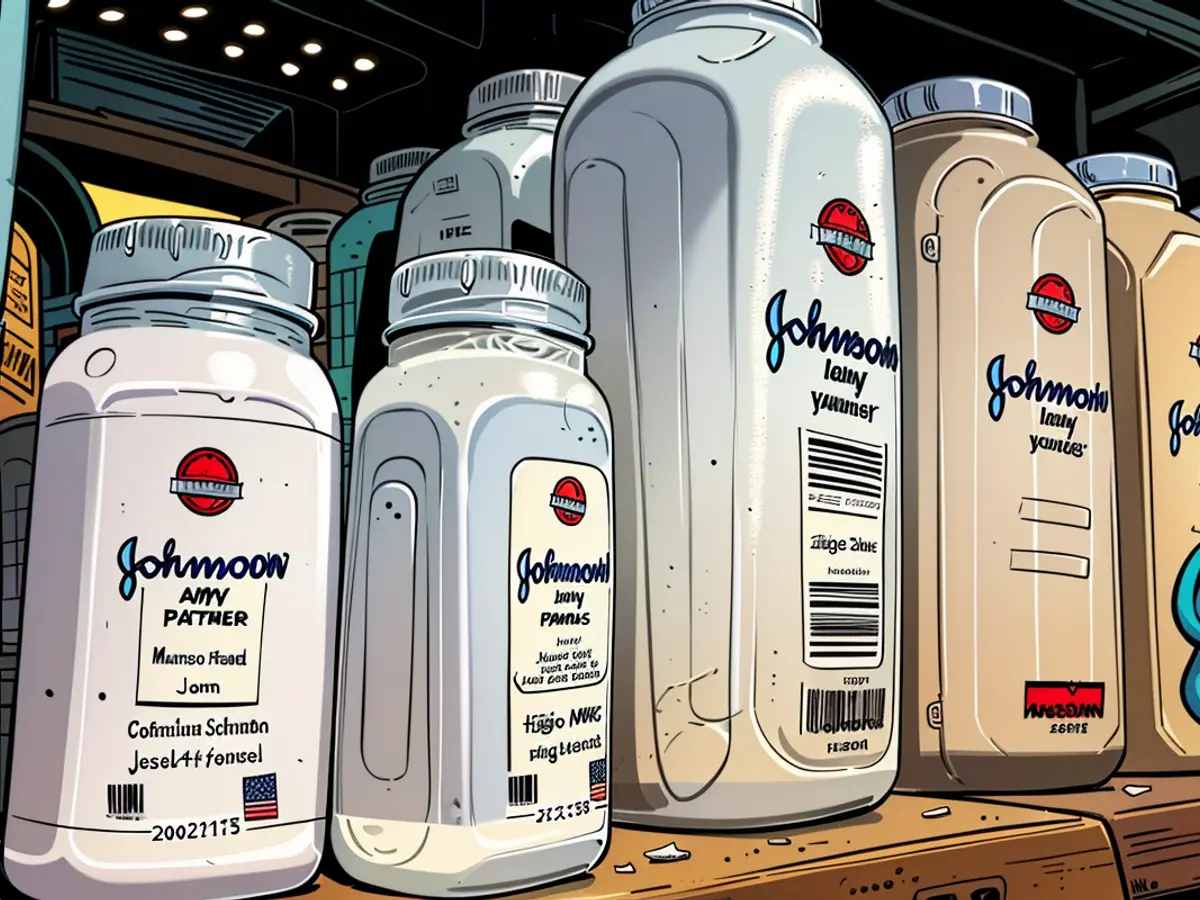A Johnston & Johnson affiliate seeks bankruptcy filing to expedite the $8 billion talc settlement.
Johnson & Johnson's Red River Talc division filed for bankruptcy protection in the U.S. Bankruptcy Court for the Southern District of Texas. The company is facing lawsuits from over 62,000 individuals who claim that their baby powder and other talc products were tainted with asbestos, leading to ovarian and other cancers.
Johnson & Johnson denies these allegations and maintains that its products are safe.
Despite being turned down twice by federal courts, New Jersey-based Johnson & Johnson is attempting a third time to resolve the litigation through a so-called "Texas two-step" bankruptcy.
The Red River unit filed for bankruptcy after securing approximately 83% support from current claimants for its proposed bankruptcy plan.
The "two-step" approach involves moving its talc liability to a newly created subsidiary, which then files for Chapter 11 bankruptcy. This type of bankruptcy involves reorganizing assets and debts under court supervision with the aim of forcing all plaintiffs into a single settlement. This prevents Johnson & Johnson from filing for bankruptcy itself and avoiding potential multibillion-dollar verdicts.
Bankruptcy judges have the power to enforce global settlements that permanently halt all related lawsuits and prevent new ones.
Outside of bankruptcy, any settlement reached with some claimants would still leave holdout claimants or future plaintiffs with the right to sue, potentially exposing Johnson & Johnson to massive legal payouts.
To increase its chances of success in its third bankruptcy attempt, Johnson & Johnson asked claimants to vote on its proposed deal earlier to ensure sufficient support for the plan to be imposed on all plaintiffs. Johnson & Johnson claims it has more than the 75% of votes required for a bankruptcy judge to enforce the deal on all plaintiffs.
Johnson & Johnson's third attempt at a bankruptcy settlement differs from its previous efforts in part because it focuses solely on ovarian and other gynecological cancer claims. This builds on the company's previous settlements with state attorneys general and individuals who sued after developing mesothelioma, a rare form of cancer linked to asbestos exposure.
Johnson & Johnson is currently embroiled in a contentious legal battle with lawyers opposing its third attempt to resolve the litigation through this maneuver.
However, Johnson & Johnson's bankruptcy strategy still faces several legal challenges. These include a recent U.S. Supreme Court decision relating to Purdue Pharma's bankruptcy, court orders dismissing its previous efforts, and proposed federal legislation aimed at preventing financially healthy companies like Johnson & Johnson from benefiting from bankruptcy protection.
Reporting by Dietrich Knauth and Bhanvi Satija in Bengaluru; Editing by Leigh Jones, Will Dunham, Sandra Maler, and Shounak Dasgupta
The Red River Talc division's bankruptcy filing aims to restructure its talc-related debts and liabilities, which primarily stem from thousands of lawsuits related to asbestos contamination in their business products. Johnson & Johnson is actively seeking the necessary voter support to impose its bankruptcy plan on all plaintiffs, hoping to avoid potentially massive legal payouts in business-related lawsuits.








